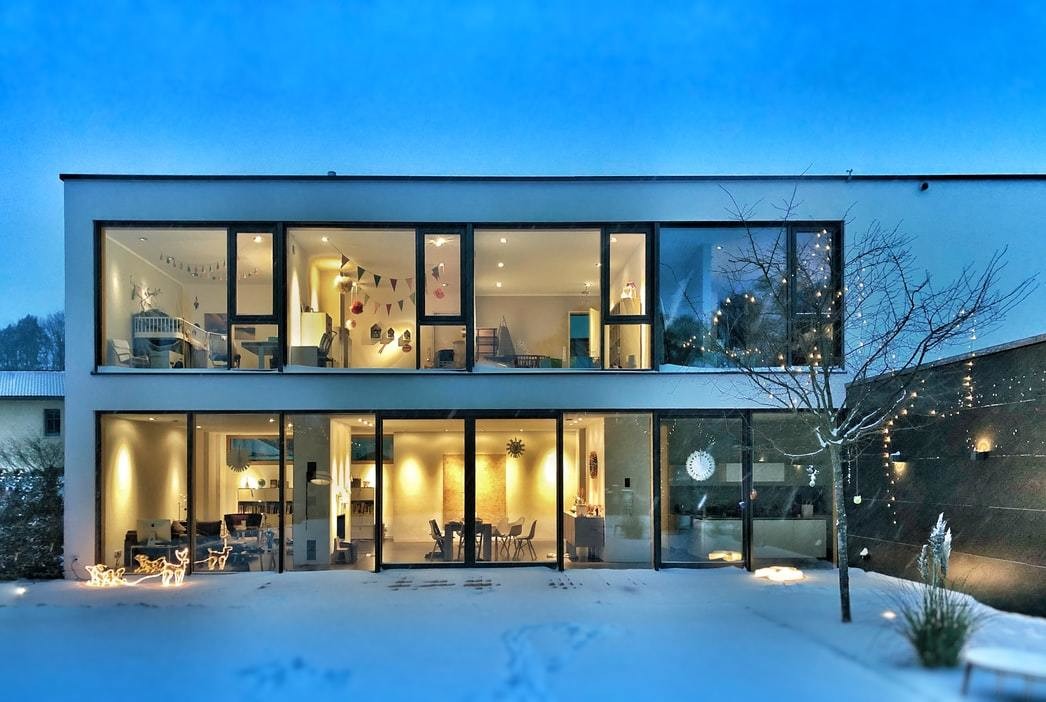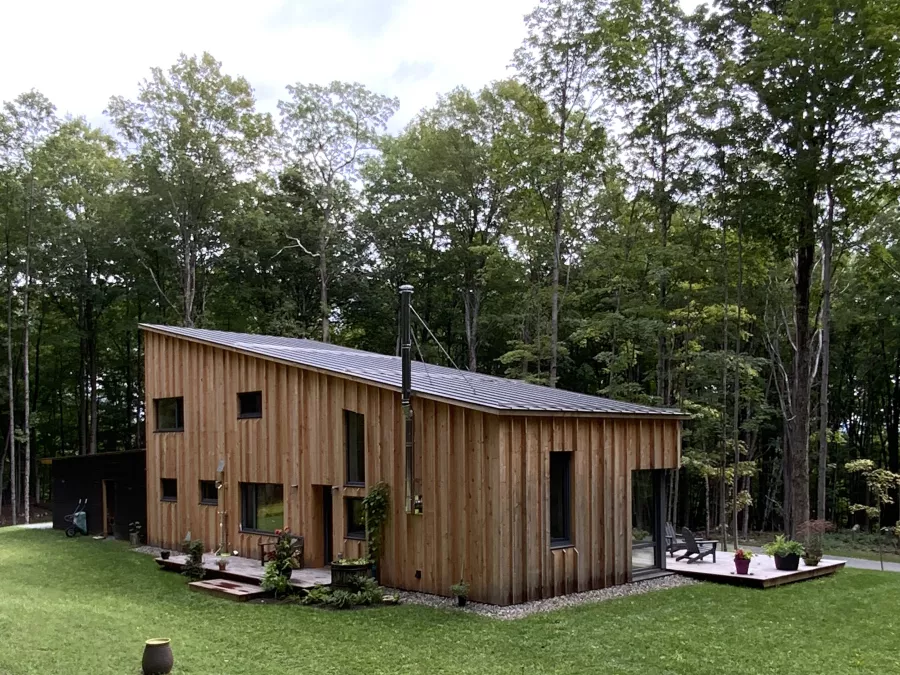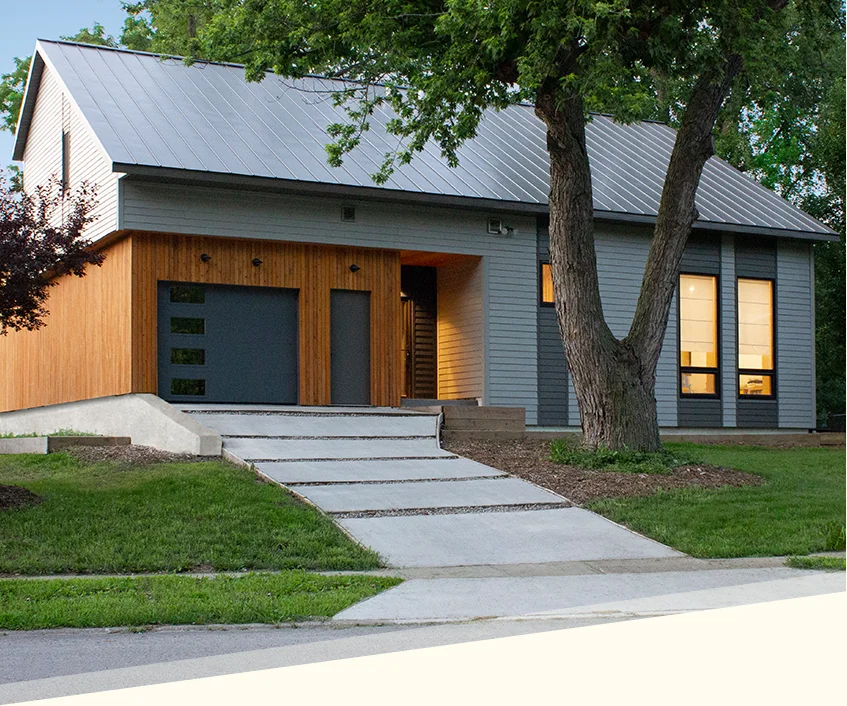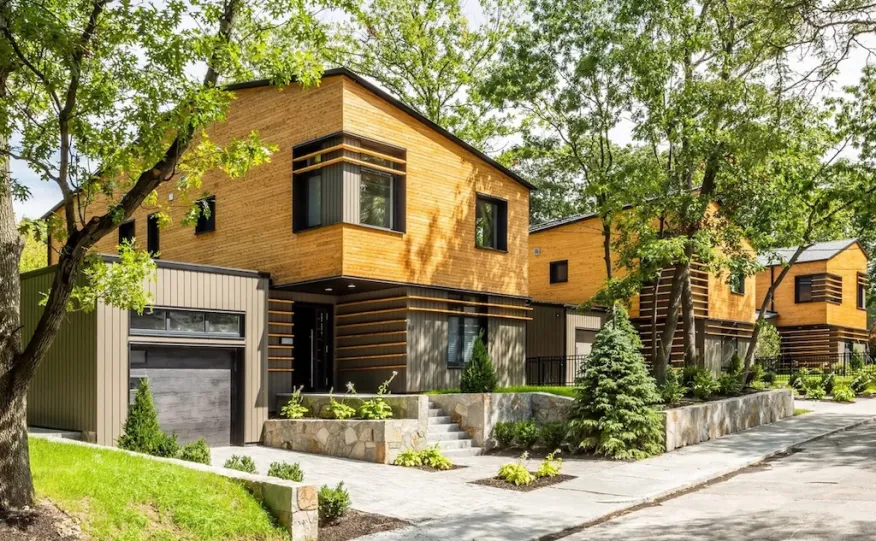Building an energy-efficient home is a significant step towards sustainability. But how can you ensure that your home meets the highest standards of energy efficiency? This guide provides detailed insights into the process of obtaining a Passive House certification, a globally recognized standard in energy-efficient construction.
Before we delve into the certification process, it’s essential to understand what a Passive House is. For more on this, you can refer to this comprehensive overview of Passive Houses.
Understanding Passive House Principles
A Passive House operates on five fundamental principles: superior windows, ventilative cooling, airtightness, thermal insulation, and heat recovery ventilation. For a more in-depth look at these principles, check out our previous article on airtightness in passive houses.
Steps Towards Passive House Certification
The certification process involves several steps, including planning, construction, and quality assurance. The process ensures that the building meets the stringent requirements of energy efficiency, comfort, and indoor air quality.
Benefits of Passive House Certification
Obtaining a Passive House certification provides numerous benefits. Not only does it contribute to reducing the carbon footprint, but it also results in substantial energy savings and improved indoor air quality.
Now that you have a better understanding of the Passive House certification process, you might want to consider making your home more sustainable. You can upgrade your home with solar cams or even get certified off-grid ready.
Remember, every step towards energy efficiency counts. Let’s build a sustainable future together.






